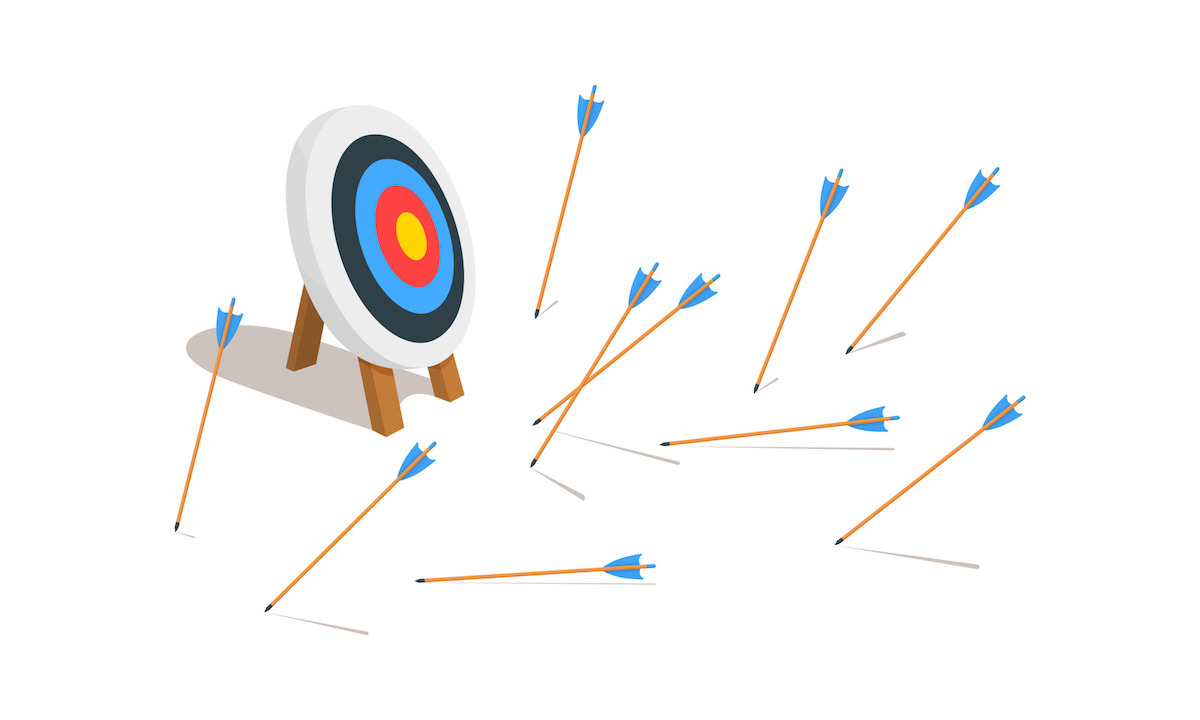
Agile 2009: My Greatest Coaching Mistakes 2000-2009
Stopped in today to J.B. Rainsberger’s interesting discussion about his big misses in the last nine or so years. He used an interesting format of people sitting in a circle instead of sitting around conference room tables. Here is a list of the interesting ideas I jotted down while listening to the conversation.
- Practices like pair programming, timeboxes, iterations, user stories, release planning, etc. are neither good nor bad. They are either appropriate for the environment or not.
- One resistant person is more than enough to bring down an Agile team. It is better to have people who have a similar style work together and form your Agile team around them.
- If you are going to do something a stakeholder does not expect – like deliver early or spend time fixing broken tests – be sure to give them advance warning. In low trust environments, this can be a good first step in building trust.
- If the response of someone is not what you expected, you need to spend time understanding the significance of what you said and how it was interpreted by the listener. Consider the worst possible interpretation of your actions to reduce the number of communication surprises.
- Use smaller user stories when a Team is beginning with Agile to build a sense of accomplishment with the Team. As they become more experienced and skilled, use bigger stories.
- Training is about increasing your capability and improving your skills. Coaching is about reducing interference and improving the signal-to-noise ratio.
- Coaching is about giving people a new way of working together. All the Agile tools and practices are worthless if people cannot talk with each other.





